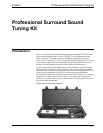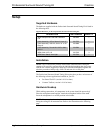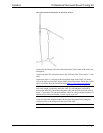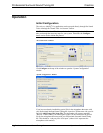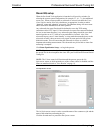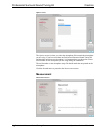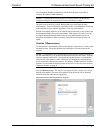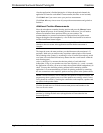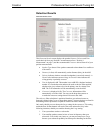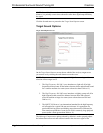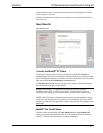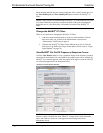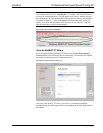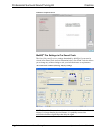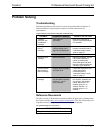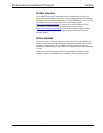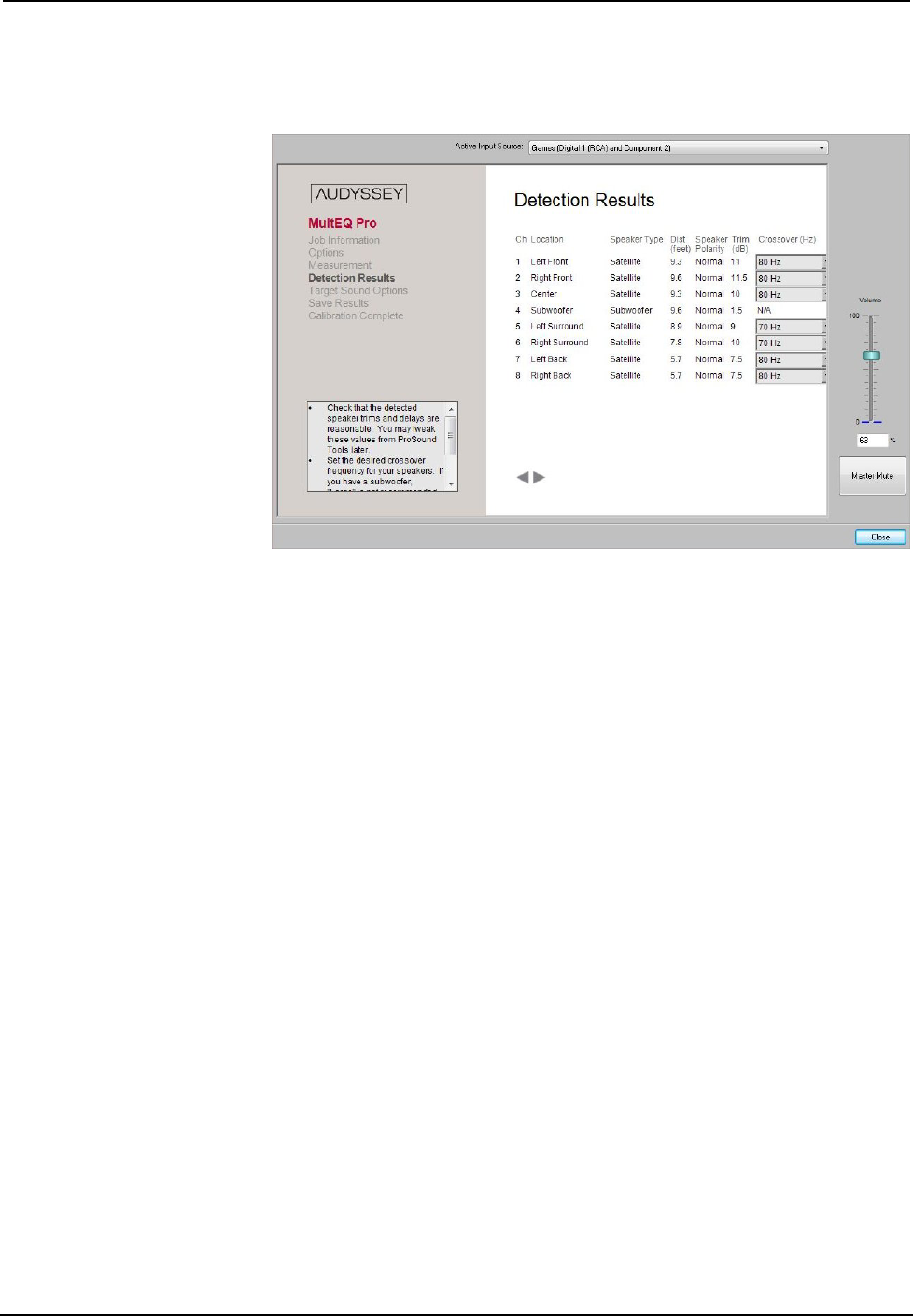
Crestron Professional Surround Sound Tuning Kit
Detection Results
Detection Results Screen
This Detection Results screen displays the speaker Distance, Polarity and Trim
results derived from your Position 1 measurement (refer to “Position 1
Measurement” on page 7) and the recommended Crossover derived from all of your
position measurements.
• Speaker Type detects if the speaker connected to that channel is a satellite or
a subwoofer.
• Distance (in feet) will automatically set the distance (delay) in the AMS.
• Polarity indicates whether or not the loudspeaker(s) are wired correctly. A
Normal value indicates correct wiring. An Inverted value indicates the
wiring polarity is probably reversed.
• Trim is displayed in dB. This number is not a dB SPL (absolute loudness)
number. It is an absolute trim and must be used as shown. When applied,
absolute trim gives reference level at the primary seat for volume set to
0dB. The Trim information will be automatically set in the AMS.
• Crossover is displayed in Hz. The Crossover information will be
automatically set in the AMS. You can use the drop-down menus to
override the crossover settings that will be sent to the AMS.
The Audyssey filter calculation is optimized based on your selected crossover
frequency setting in the Crossover drop-down menus. Crossover choices are listed in
descending order of preference to optimize satellite-subwoofer blending.
Only rarely should you ever choose the Large setting for the crossover. This setting
means the bass for that channel will not be sent to the subwoofer. Only in the
following situations, should you consider choosing the Large setting:
1. Your system does not have a subwoofer.
2. Your satellite speakers extend as low or lower in frequency than your
subwoofer. Even in this case, however, you may not want to use Large
because your subwoofer probably has better power handling for the bass.
Operations Guide – DOC. 6565A Professional Surround Sound Tuning Kit • 9



